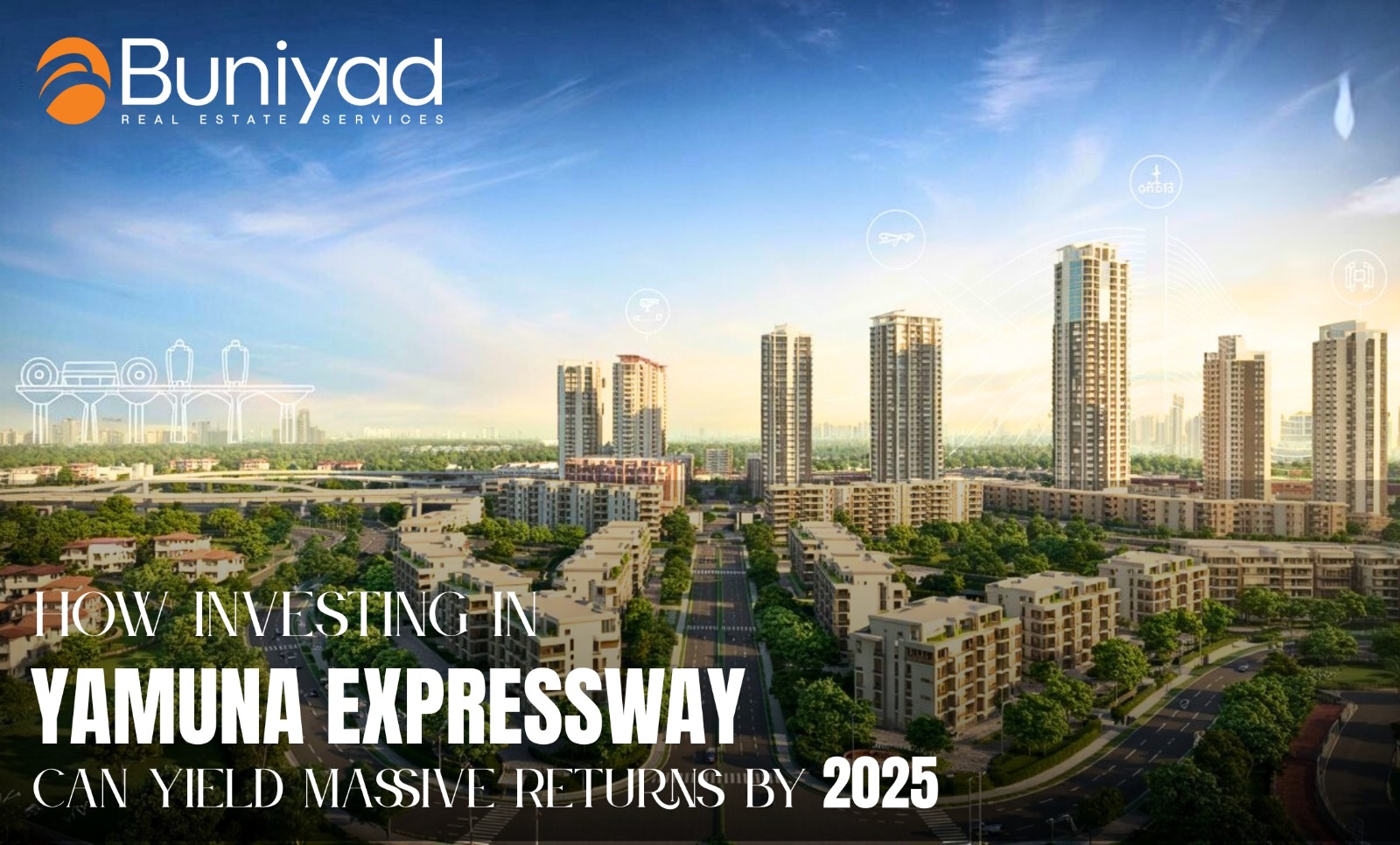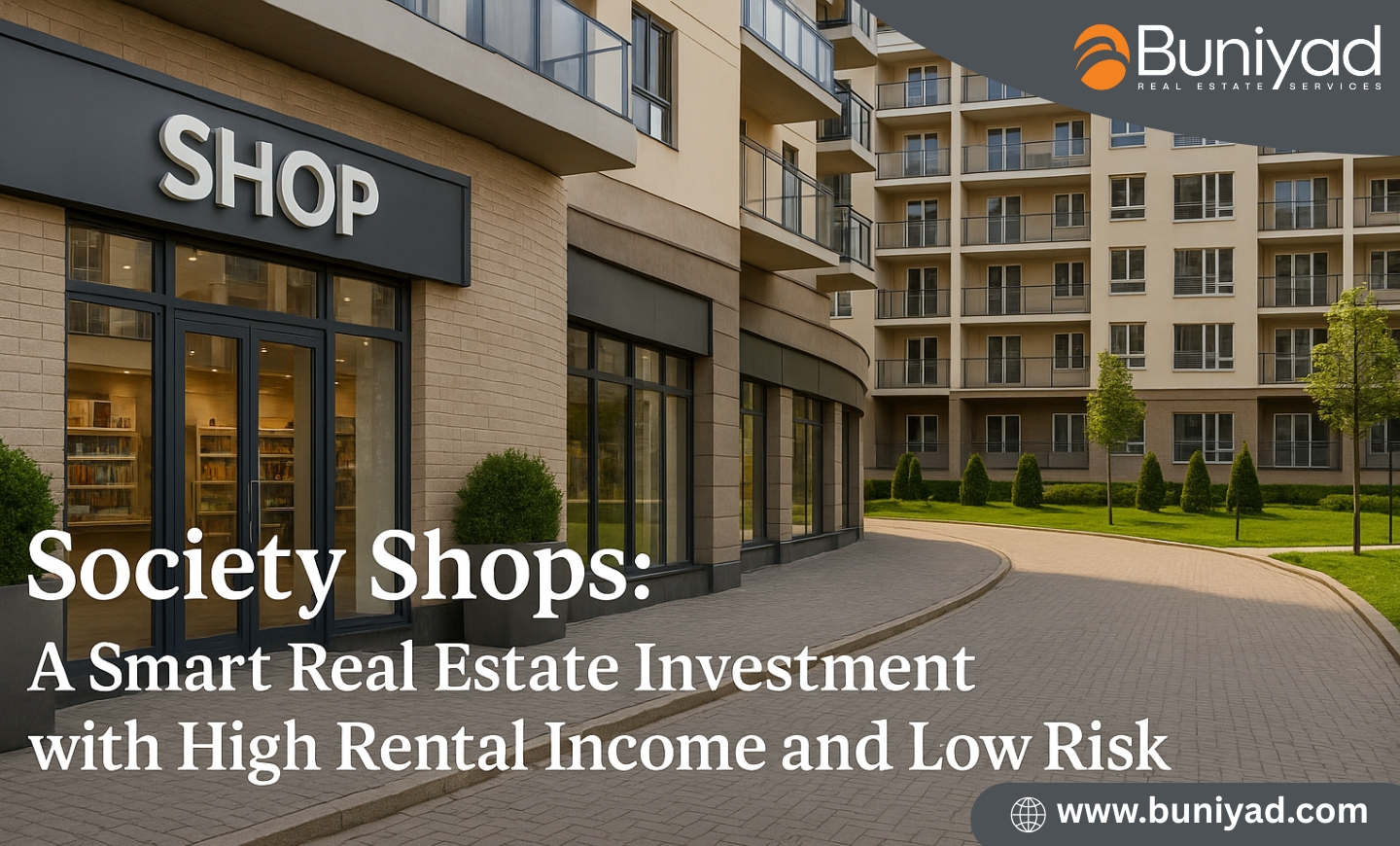
Register here and Avail the Best Offers!!
 +91-999 9111 100
+91-999 9111 100  By Buniyad
By Buniyad 06/19/2015
Being a property buyer you are ought to know about the floor area ratio or FAR being changed for a particular city. What is FAR and in what way does it affect your property buying? What is it that one needs to understand about it exactly? Here is a comprehensive dig on FAR.
What exactly is FAR?
In layman language, your city just like any other structure has a constrained limit. And it is not advisable to put extra push beyond the particular limit. Thus, this “safe load” factor in other words is termed as FAR.
A basic formula by which FAR is computed = Total covered area of all the floors divided by the plot area. For an instance, the builder has a plot of 1000 sqm and the permissible FAR according to development plans is 1.5. He is consequently allowed to construct a building on 1500 sqm of this plot. It is the ratio of total floor area in the building compared with the entire plot area. And the constructed area would comprise of the basic structure, walls, staircase or lobby space, if any, says Asha Nayar Basu, Managing Partner, S Jalan & Company.
As a matter of interest, FAR may vary from city to city, municipality, locality or even relying upon factors like the nature of land- industrial, residential, commercial, agricultural or non-agricultural. This is due to the organic growth pattern, population dynamics and construction activities differ from city to city. And much depends upon government regulations.
What does FAR means for a buyer?
If a planning authority raises the FAR, the market value may double. Well, the landowner in this case does not have any major role to play that directly or indirectly governs the price while they might enjoy the benefits.
It might also imply that as FAR is mounted, you may be residing in a higher density building and more residents would be sharing a common range of benefits & amenities like lifts, pools, clubs and even electricity and water. And for those who have bought property with lower FAR now have a choice of building more and fetch higher capital returns, though it has a flip side too. Kalyan Chakrabarti, Managing Director, Red Fort Capital says, ”When you acquire a low FAR property, the resale value of your property is likely to be better owing to the lesser density and more open areas”. Violation of FAR might have grave effects. While high-rise structures have come up in many parts, the violation of FAR standards and infringement of open spaces will be a noteworthy challenge to the disaster management team when disaster strikes. Also, you may be curious to know what is the maximum FAR value in Indian cities? Typically, it doesn’t exceed 2.5. Even within one city, not always the same value is applicable to all areas. And if the FAR value is raised to supposedly 4, what would it be then? Such an increase would imply immense dense living with almost one lakh people per sq km.
What does FAR means for a developer?
Interestingly, FAR is one of the essential factors for development in the country. A low FAR is seen as a deterrent to construction in India. And the realty industry has constantly yearned for a hike in FAR since always. “This will describe the rising issue of providing accommodation to all and in realising the dream of ‘Housing for All’. The hasty urbanisation has already laid stress on the limited land resources especially in Delhi. Additional FAR would help developers with extra space and in meeting the demand and supply gap,” says Rohit Raj, President, and CREDAI NCR.
Additionally, to know how the developers see it- for them an increased FAR implies that they can build more, sell more and thus the prices of the projects could probably go down. However, this alone cannot cut down prices and it needs to be used judiciously, not abused.
And when is FAR violation noticed?
The violation just comes to notice when the developer takes the completion certificate from the concerned development authority. And this is the reason as to why the trend watchers insist that being a buyer one should always demand to review the completion certificate and shouldn’t turn a blind eye. Sometimes illegal flats may also get registered with the revenue department because completion certificate is not a mandatory document for registration of apartments. For an instance, a shocking instance that took place last year, where only 97 high rises in IT city got occupancy certificates between the years 2009-2014 as per the urban development department.
Common misconceptions
Going vertical is impossible if FAR value is low!
An adequate FAR value will lead to help in sustainability. If a low FAR value is recommended, it is for your own safety. A concrete jungle is a risk in the case of a disaster. Adequate open space is the required need of the day especially in the case of earthquake or any other natural disaster. And dense living implies that you are promoting the risk element for you.
Higher the FAR value, lower is the property value
Surging the FAR value might lower down the per capita cost on the development infrastructure. However this is not a direct proportion relation. Infrastructure is yet to cater to current requirement and hence doubling FAR would instantly put an extra strain on infrastructure.
Prices of flats are not only dependent on FAR value alone.
Increasing FAR value is the only way out to guarantee affordable living
It is true upto a certain extent but do imagine the risk of going vertical in an unscrupulous way. Surge in FAR values implies that land values may go up since the buildable space surges. And contrary to the myth, increasing FAR could make the properties pricier.
In the absence of higher FAR values, developmental projects suffer
When the town planners calculate FAR values, they do bear in mind the health of their development projects as well. There is no impediment to development even if the projects are based a little far off from where the scores of population live.
Lower FAR values means less employment opportunities
The construction agency engages a sizeable population. The entire industry as a whole contributes about 8 per cent to the GDP. Besides, the cost of negligence in this case could be real tragic. And maintaining equilibrium between sustained, planned growth and development is highly important.
Content Source – http://tinyurl.com/pfty5kv

In a list of offerings to take […]

Gurugram, colloquially known as Gurgaon, has emerged […]

Once a quaint little town situated along […]

Are you eyeing exponential returns on your […]

The modern real estate investor doesn’t shy […]

Noida (New Okhla Industrial Development Authority) has […]

Enjoy upscale living surrounded by world-class amenities […]

Delhi is not just the capital of […]
Buniyad Blog is proudly powered by WordPress
Head Office
G-57/58 , Buniyad Chowk, Sector-18, Noida Uttar Pradesh
+91-999-9111-110Greater Noida
S.L. TOWER 1ST FLOOR, ALFA COMMERCIAL BELT, Noida Uttar Pradesh
+91-020-42040004South Delhi
A-32, First Floor, Feroz Gandhi Rd, Lajpat Nagar-II,New Delhi.
+91-11-41006000Gurugram
JMD REGENT SQUARE GF-11 M.G. ROAD,Gurugram 122001
+91-124-4313200